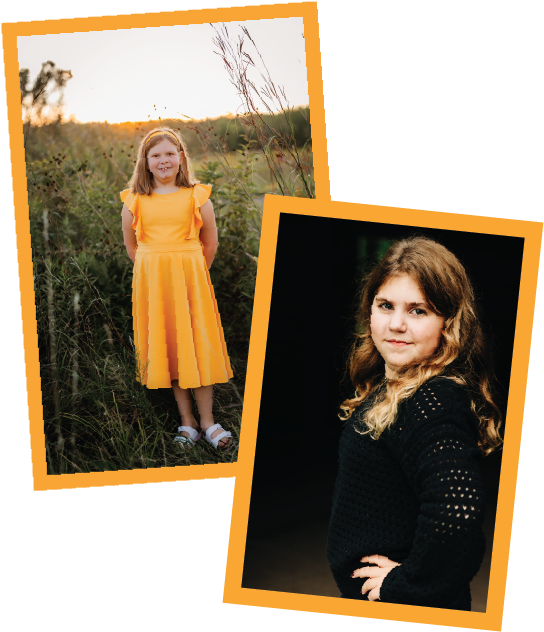EVERY CHILD DESERVES TO GROW UP.
With your help, the future can be brighter. We can make sure that the next child to hear the word "cancer" has a future filled with hope, treatment, options, and a path toward a cure.

REALITIES OF CHILDHOOD BRAIN CANCER




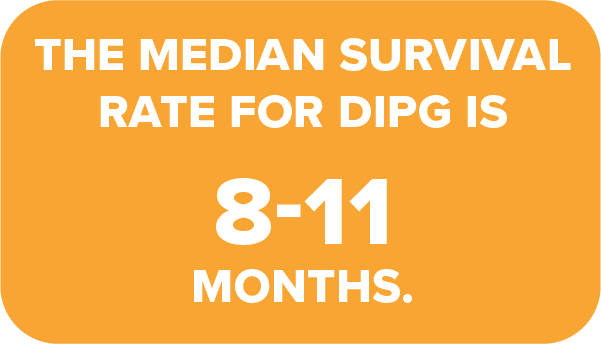
CHILDREN BATTLING DIPG/DMG OFTEN LOSE THE ABILITY TO WALK, TALK, SWALLOW, SEE, AND EVEN BREATHE.
7 STEPS TO THE CURE: OUR STRATEGY TO CURE CHILDHOOD BRAIN CANCER
Terminal childhood brain cancers present unique research challenges. Traditional drug development pathways- which require 10-15 years and thousands of adult clinical trial participants- do not apply to a disease that only impacts children and has a devastatingly short life expectancy.
We refuse to let those challenges stop us. That’s why we developed a 7-step strategy to break down the barriers that stand between us and the cure.
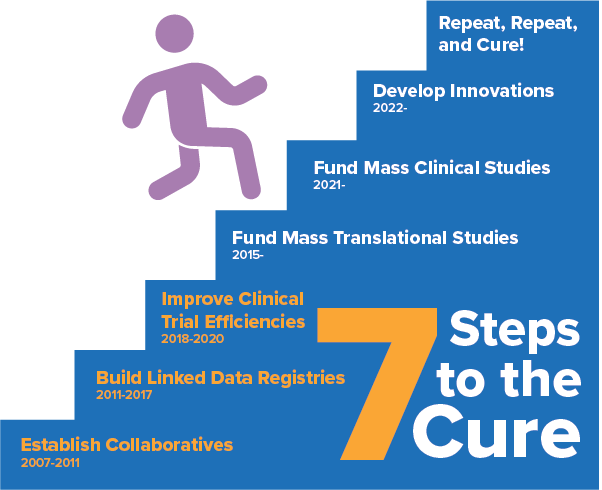
We introduced The Brain Cancer Symposium in 2011 as the world’s largest international medical research conference focusing on terminal childhood brain cancers. Researchers, doctors, families and foundations come from across the globe to discuss and collaborate on unpublished discoveries.
We also joined efforts with independent DIPG/DMG foundations from around the world to establish the DIPG/DMG Collaborative in order to support research, enhance transparency, and eliminate research duplication.
Without a linked data registry, researchers could only look at data collected during a single trial, not the patients entire treatment journey, severely limiting their ability to identify patterns or monitor treatment impacts over a larger time period.
The registry was developed as a collaborative effort to centralize & standardize the collection of clinical data & tumor samples from DIPG & DMG patients to serve as valuable educational resource for physicians.
Our work has improved trial accessibility and efficiency, allowing children to receive cutting-edge treatments faster, offering them hope for extended time and better quality of life.
We continue to advocate for better policies like the Promising Pathway Act (PPA) which would not only double the speed of revolutionary treatments but may also uncover the cure we’ve been seeking for over a century.
Some foundations focus heavily on funding clinical trials rather than translational studies because they know donors are more likely to donate to a treatment that can help a child now than donate to research that will help a child in the future.
But without funding translational studies, many groundbreaking ideas might never make it to the clinical trial stage. That’s why we are dedicated to strategically funding the most promising ideas now, to maximize the chance that we will save lives and find the cure in the future.
Every grant proposal is reviewed by our Medical Advisory Committee to determine relevance to our overall research strategy, Strategic Advisory Committee made up of brain cancer families, and Board of Directors to ensure the research is efficient and not duplicative.
By investing in comprehensive clinical research, we’re laying the groundwork for breakthroughs that can help children worldwide.
Rather than getting distracted by every bright and shiny new research proposal, we make long-term investments in promising ideas. Establishing collaborative relationships with researchers as they develop their innovation.
We end up with projects that aren’t just revolutionary—they are redefining what’s possible in childhood cancer research.
Innovation is at the core of our strategy, ensuring that every project we fund moves us closer to a cure.
Progress toward the cure requires sticking with a strategy that works and The Cure Starts Now is committed to every step.
From establishing collaboratives to funding clinical trials and groundbreaking studies, our process is proven, and our impact is measurable. With each iteration, we gain new insights, forge new partnerships, and take another step toward curing childhood brain cancer.
We won’t stop until the mission is complete—because every child deserves a tomorrow.
OUR COMMITMENT TO FAMILIES
Our strategy works because every step is designed to overcome the unique and urgent challenges of childhood brain cancer, ensuring that every child has a better chance of survival and a higher quality of life.
We are an organization of 1,000+ brain cancer families fighting worldwide for one common goal: a future where childhood brain cancer is not a death sentence.
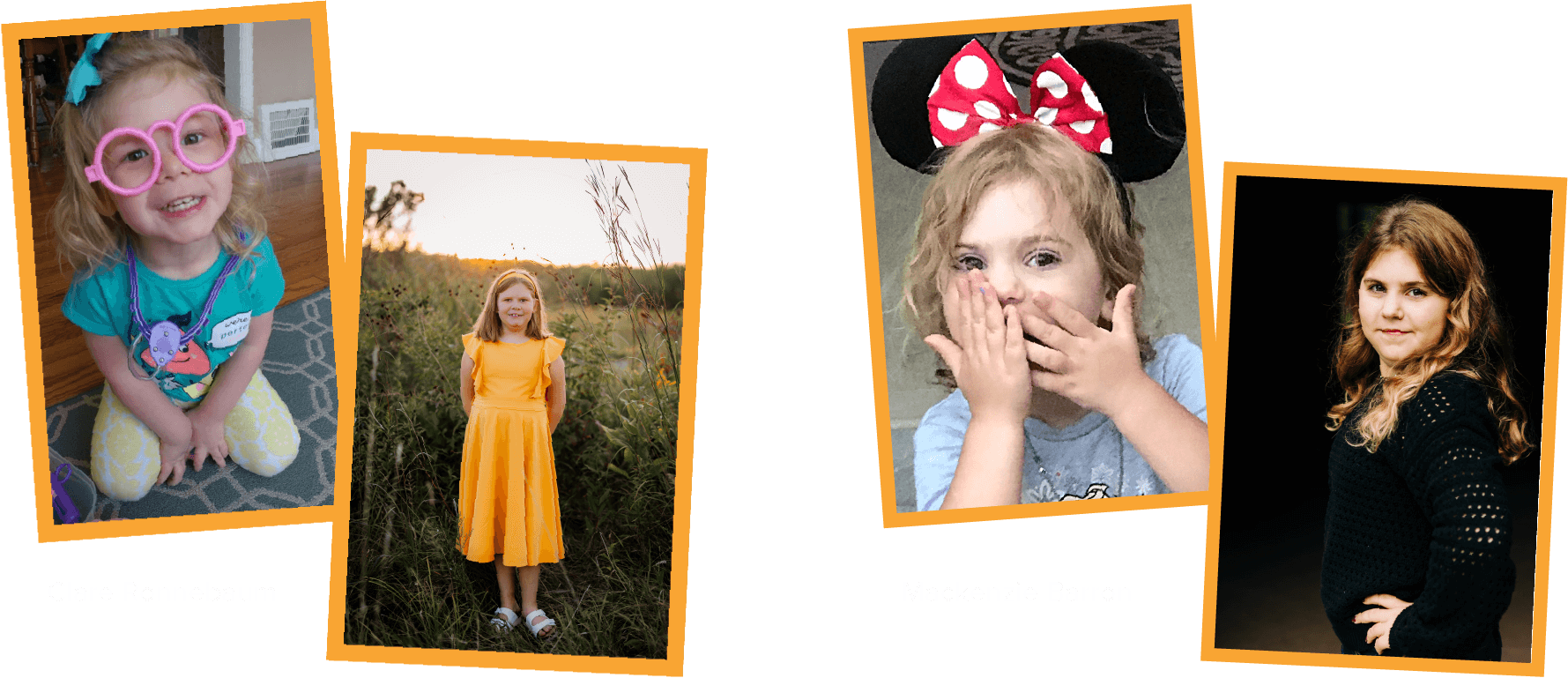
YOUR DONATION GIVES KIDS MORE TIME TO BE KIDS
Clare and Mackenzie were both diagnosed with inoperable brain tumors. Their families were told they would never attend kindergarten. Their only option was to go home and make memories for their girls' remaining 8-11 months.
But thanks to our generous donors, both girls were able to find and enroll in a clinical trial funded by The Cure Starts Now. Today, six years post-diagnosis, they are celebrating milestones their families were told they would never reach.
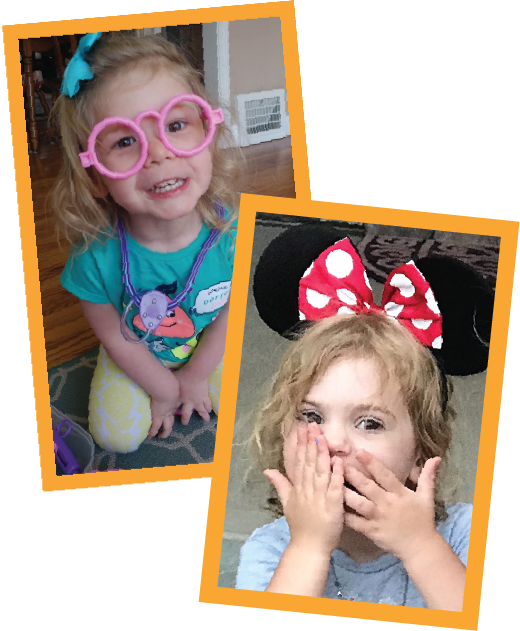
Since Clare and Mackenzie's diagnoses, the 5-year survival rate for DIPG has doubled from 1% to 2%. That means a child was able to live out their childhood, meet new friends, discover new interests, and have a few more holidays with their families.
That’s what we’re fighting for. A chance for children to reach more milestones.
